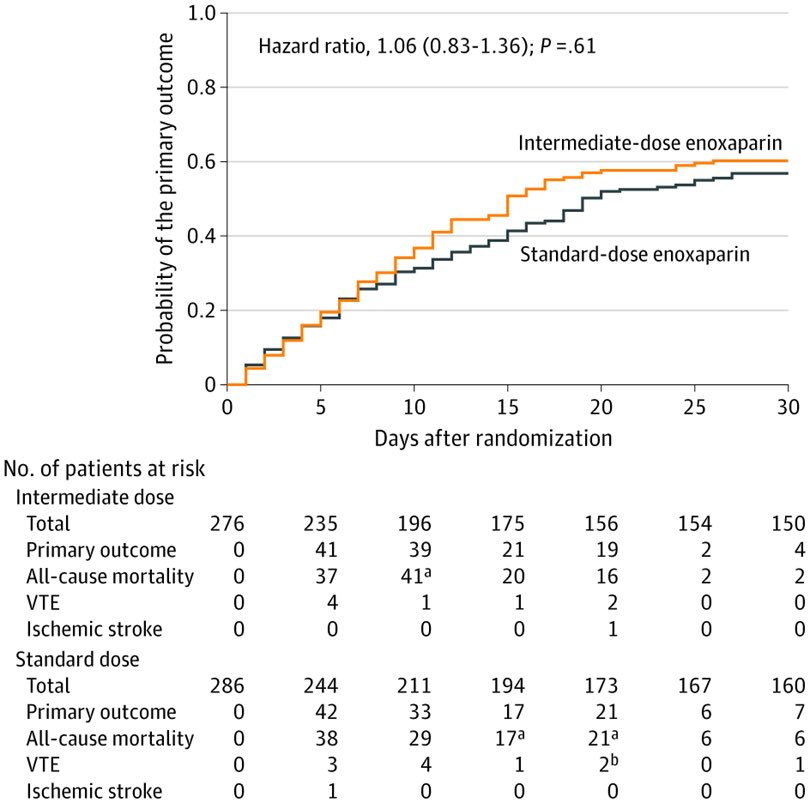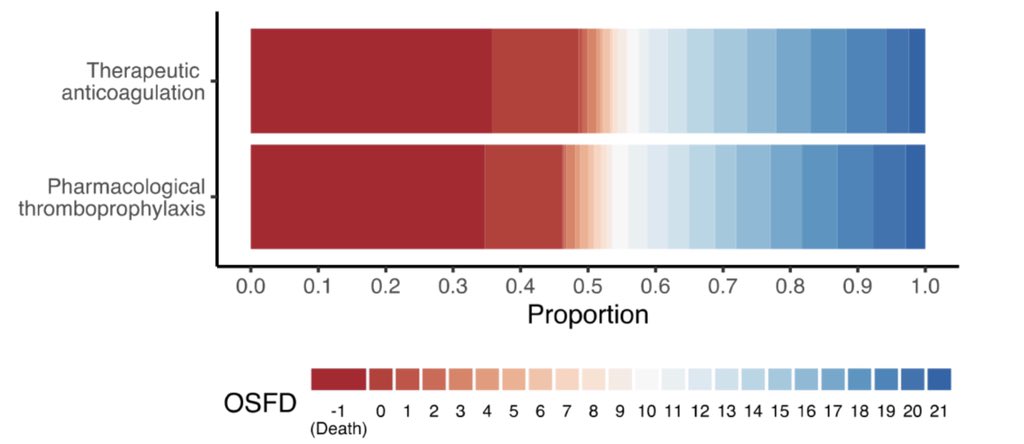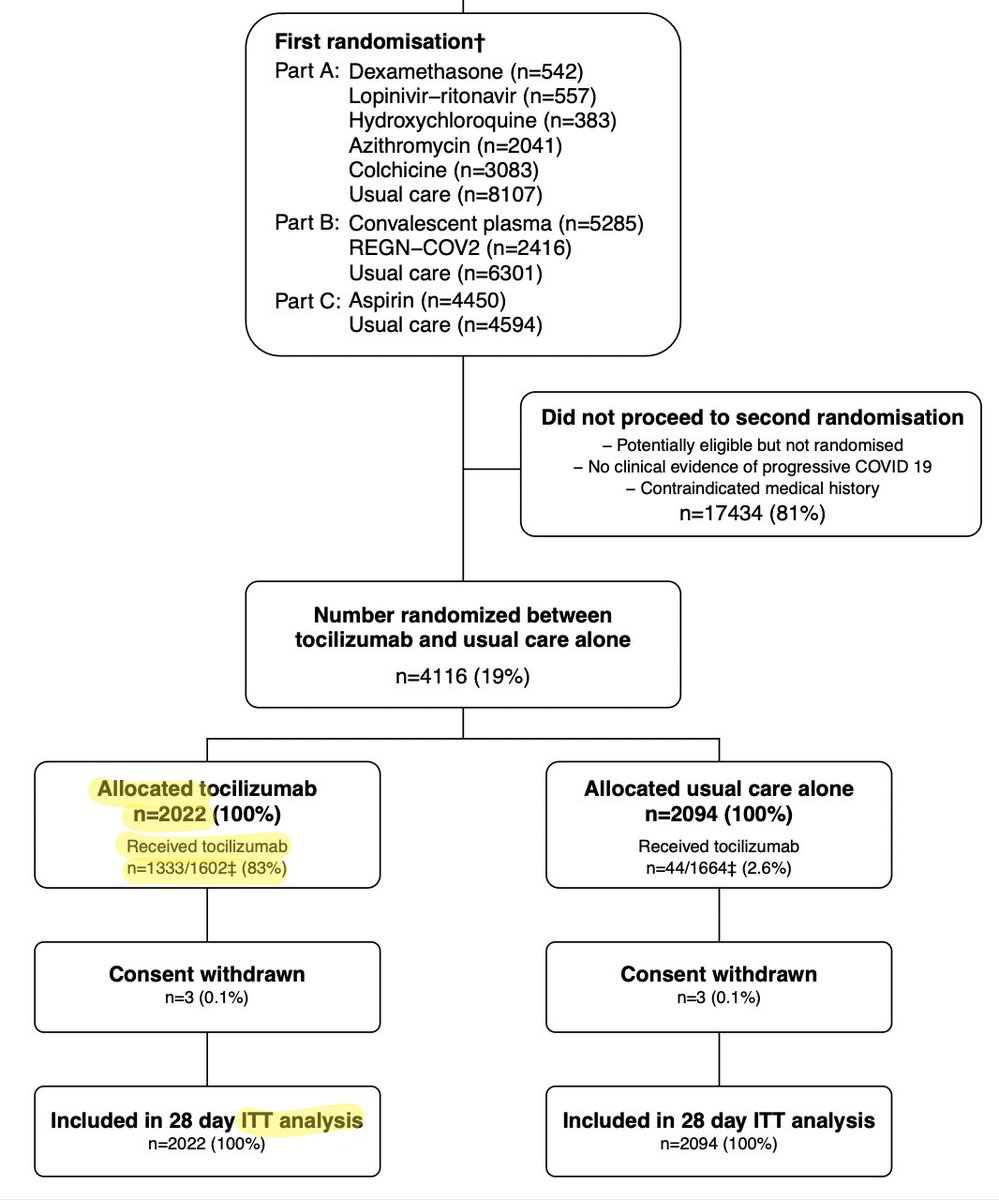
A few years ago I wrote about the problem with vitamin C in sepsis.
It’s not that vitamin C is harmful (it probably isn’t) or that it’s ineffective (it almost certainly is) but that embracing pseudoscience undermines evidence based practice.
1/
pulmccm.org/critical-care-…
It’s not that vitamin C is harmful (it probably isn’t) or that it’s ineffective (it almost certainly is) but that embracing pseudoscience undermines evidence based practice.
1/
pulmccm.org/critical-care-…
It took a half dozen high quality RCTs to refute one uncontrolled study of 47 people.
Most have given up on the “metabolic cure for sepsis” (with notable exceptions).
Why are “simple, cheap” therapies so alluring? and what can we learn about COVID?
2/
https://twitter.com/nickmmark/status/1308432707664228353?s=20
Most have given up on the “metabolic cure for sepsis” (with notable exceptions).
Why are “simple, cheap” therapies so alluring? and what can we learn about COVID?
2/
These pseudoscientific “miracle cures” exploit our desire to help our patients and appeal to several common cognitive biases and delusions.
🚩 Let’s run through some of the red flags of miracle cures:
3/
🚩 Let’s run through some of the red flags of miracle cures:
3/
1.FAMILIARITY HEURISTIC - surely a drug that you’ve heard of (& perhaps used) can’t be harmful?
This ignores the fact that disease context determines risk. IVM or HCQ may be benign in healthy outpatients but not necessarily in critically ill inpatients on other therapies.
4/
This ignores the fact that disease context determines risk. IVM or HCQ may be benign in healthy outpatients but not necessarily in critically ill inpatients on other therapies.
4/
2. NATURAL DELUSION - the idea that “natural” things cannot be harmful. Most medications are “natural” (they come from plants or animals), but even vitamins can be harmful in excess (hypervitaminoses).
The fireplace delusion illustrates this well.
samharris.org/the-fireplace-…
4/
The fireplace delusion illustrates this well.
samharris.org/the-fireplace-…
4/
3. PHARMA PARANOIA - how can we trust meds made by companies with profit motives?
Never mind that the putative “cures” (IVM, HCQ, vitamins, etc) are also made by pharma & new drug approvals (NDA) have far greater scrutiny by FDA than off-label use.
usatoday.com/story/money/20…
5/
Never mind that the putative “cures” (IVM, HCQ, vitamins, etc) are also made by pharma & new drug approvals (NDA) have far greater scrutiny by FDA than off-label use.
usatoday.com/story/money/20…
5/
There’s an obvious reason why “miracle cures” are always repurposed meds or “natural” supplements: “Off-label” use enables them to bypass virtually all regulatory approval.
journalofethics.ama-assn.org/article/prescr…
ncbi.nlm.nih.gov/pmc/articles/P…
6/
journalofethics.ama-assn.org/article/prescr…
ncbi.nlm.nih.gov/pmc/articles/P…
6/
4. KITCHEN SINK therapies - "miracle cures” are often combination therapies. This makes the “bundle” harder to disprove, especially as it "evolves" & meds are added. Sometimes combos include actual effective therapies, such as corticosteroids, to give them face validity.
7/
7/
Look at this kitchen sink “protocol" by FLCCC: 14 meds. Steroids up front (@ too high a dose), then crazy stuff (looking 👀 at you ivermectin), then the really crazy stuff (🧐Anti-androgen therapy? PLEX?)
Nonsense, but professional appearing; easy to see why it fools people.
8/
Nonsense, but professional appearing; easy to see why it fools people.
8/

CONFLATION of preclinical & clinical evidence. With millions of papers on Pubmed, there is a real risk of apophenia - drawing spurious connections between unrelated things.
Miracle cure proponents often cherry-pick in vitro data as unassailable proof of clinical efficacy.
9/
Miracle cure proponents often cherry-pick in vitro data as unassailable proof of clinical efficacy.
9/

“Metabolic cure” proponents often conflated in vitro metabolic studies showing that prolonged vitamin C deficiency is bad with observational studies showing that serum vitamin C levels transiently decrease in sepsis.
This is a nice hypothesis but hardly “proof"
10/
This is a nice hypothesis but hardly “proof"
10/

Superficially this looks compelling but remember that deficiency of literally ANY vitamin causes adverse effects (that’s the definition of a vitamin btw), and there are thousands of serum compounds perturbed in sepsis.
We could cherry pick dozens of examples just like this.
11/
We could cherry pick dozens of examples just like this.
11/
6. CONSPIRACIES - believers invoke a vast, ill-defined conspiracy between pharma, governments, & complicit doctors to “suppress" cures. This allows believers to ignore conflicting evidence & guidelines.
The fact that domain experts disagree is further proof of the conspiracy.
12/


The fact that domain experts disagree is further proof of the conspiracy.
12/



7. EMINENCE BASED MEDICINE - in many cases the doctors who promulgate these cures are just as famous as the therapy itself, in some cases getting widespread attention by media and politicians.
These attention seeking behaviors are a big red flag.
13/


These attention seeking behaviors are a big red flag.
13/



So what can we do about "miracle cures"?
1. Remember that “totally safe” therapies don't exist. Even "safe" drugs may not be benign when combined together in critically illness
2. Recognize the 🚩 signs of “miracle cures" (above)
3. Point out misinformation when you see it
14/14
1. Remember that “totally safe” therapies don't exist. Even "safe" drugs may not be benign when combined together in critically illness
2. Recognize the 🚩 signs of “miracle cures" (above)
3. Point out misinformation when you see it
14/14
• • •
Missing some Tweet in this thread? You can try to
force a refresh























